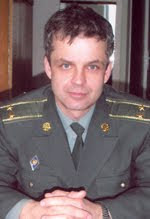“If in any country a presidential candidate refused to take part in officially scheduled debates, it would be a scandal that would never allow this candidate to become president. That is why, as a law-abiding person, I will come to debates envisaged by the law and scheduled by the national state television,” Tymoshenko stressed.
“I have a strong conviction that the debates between the two candidates will become the final argument for those Ukrainians who haven’t made their choice yet. I invite Yanukovych to a debate, if he has anything to tell these people,” she added.
Many ordinary Ukrainians hold that Victor Yanukovich simply dreads to show his low intellect to the general public. His inability to hold public debate is well known. He also has a serious problem with speaking Ukrainian language he is still not familiar with.










